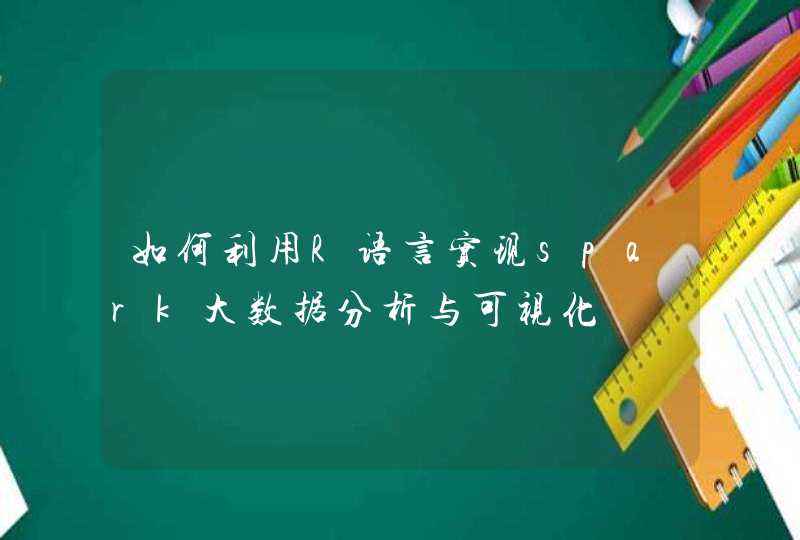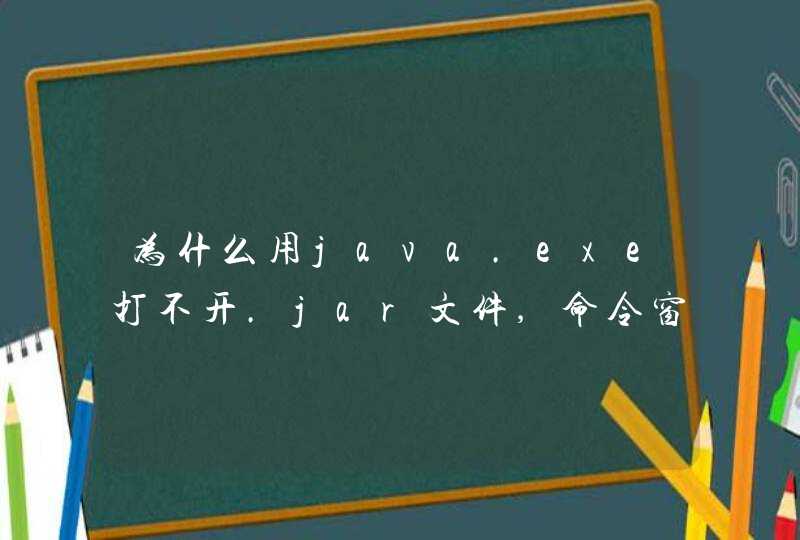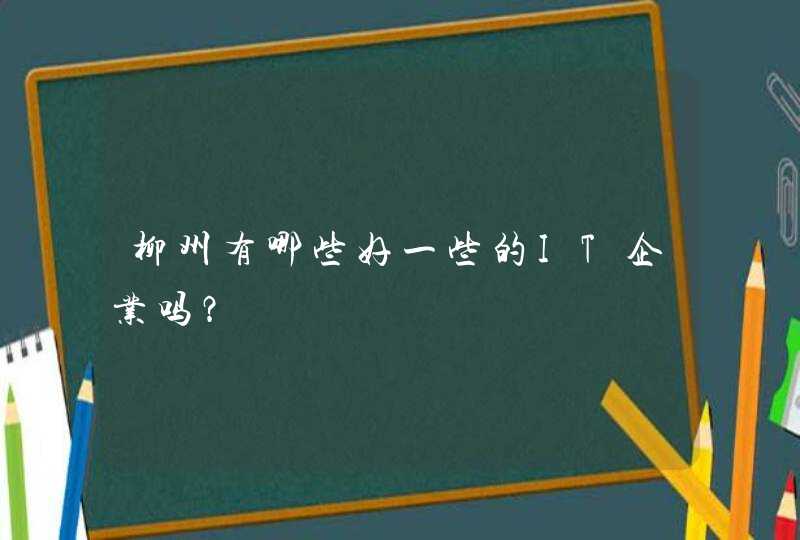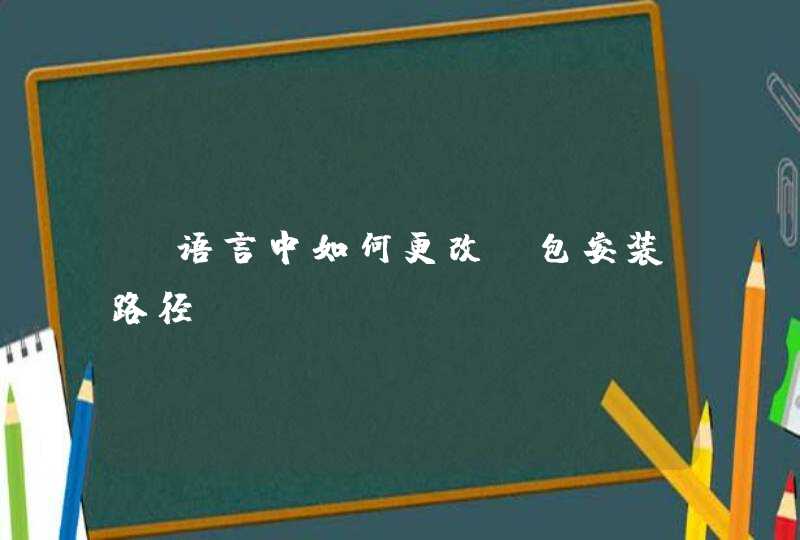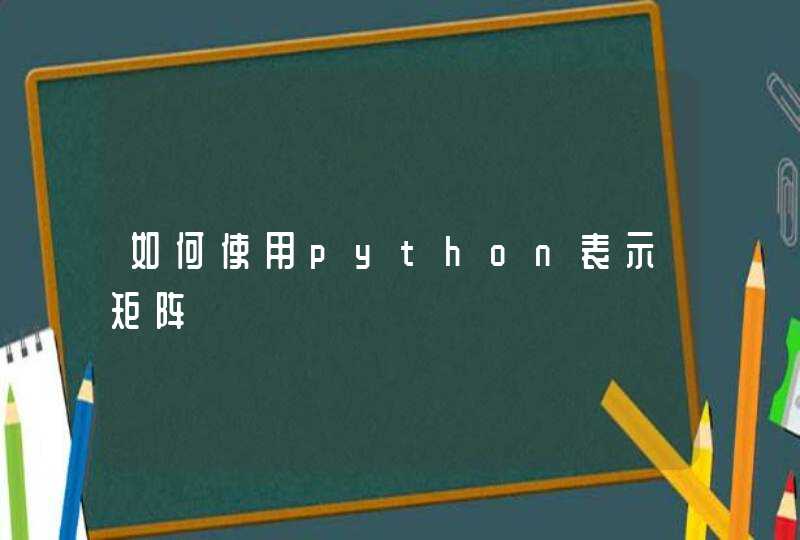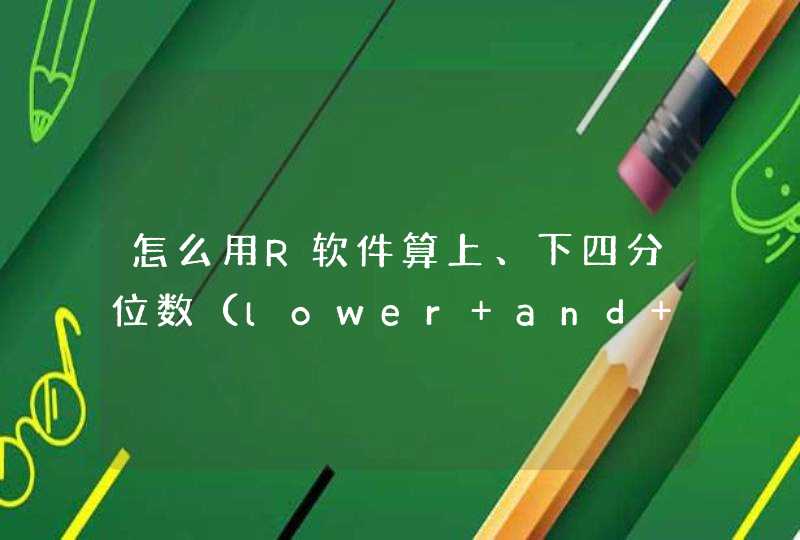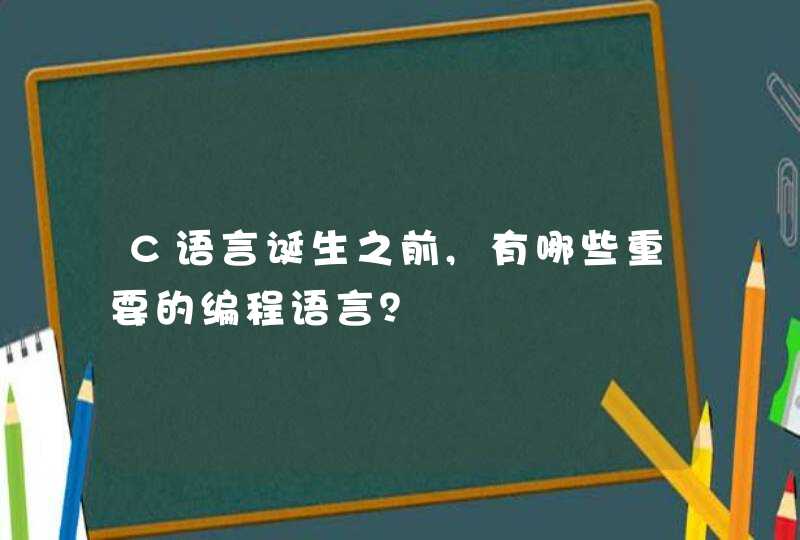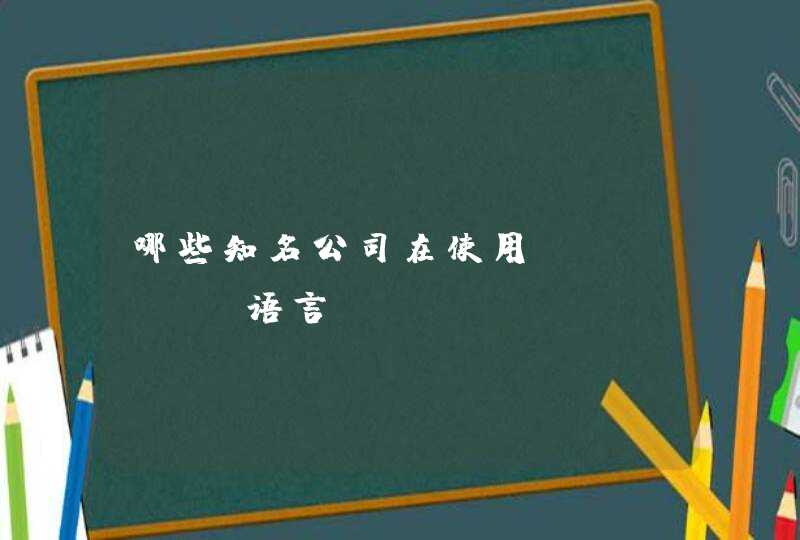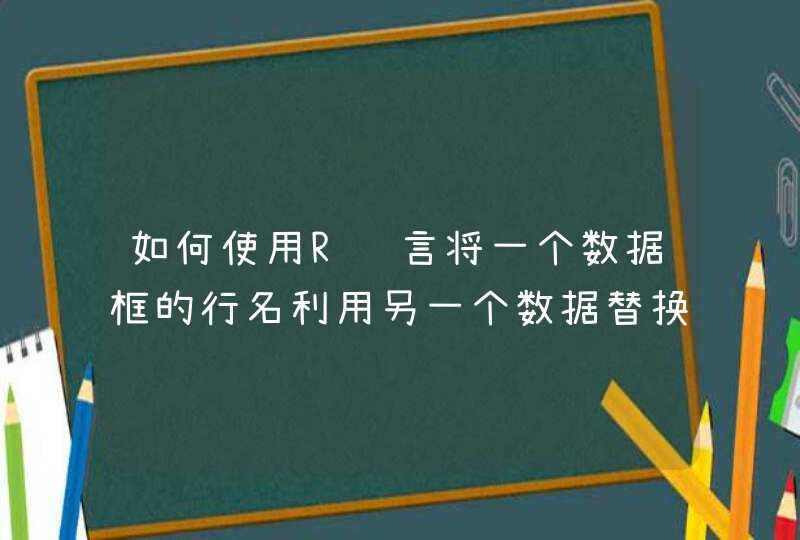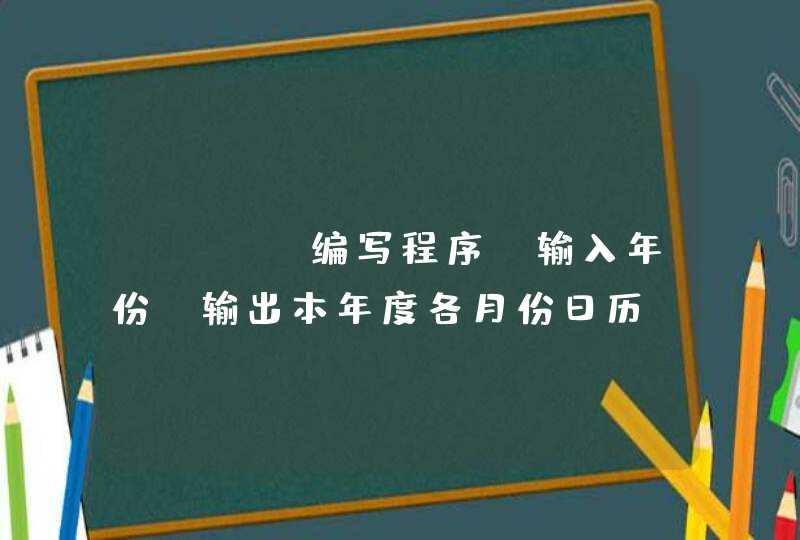
R语言学习笔记之聚类分析
使用k-means聚类所需的包:
factoextra
cluster #加载包
library(factoextra)
library(cluster)l
#数据准备
使用内置的R数据集USArrests
#load the dataset
data("USArrests")
#remove any missing value (i.e, NA values for not available)
#That might be present in the data
USArrests <- na.omit(USArrests)#view the first 6 rows of the data
head(USArrests, n=6)
在此数据集中,列是变量,行是观测值
在聚类之前我们可以先进行一些必要的数据检查即数据描述性统计,如平均值、标准差等
desc_stats <- data.frame( Min=apply(USArrests, 2, min),#minimum
Med=apply(USArrests, 2, median),#median
Mean=apply(USArrests, 2, mean),#mean
SD=apply(USArrests, 2, sd),#Standard deviation
Max=apply(USArrests, 2, max)#maximum
)
desc_stats <- round(desc_stats, 1)#保留小数点后一位head(desc_stats)
变量有很大的方差及均值时需进行标准化
df <- scale(USArrests)
#数据集群性评估
使用get_clust_tendency()计算Hopkins统计量
res <- get_clust_tendency(df, 40, graph = TRUE)
res$hopkins_stat
## [1] 0.3440875
#Visualize the dissimilarity matrix
res$plot
Hopkins统计量的值<0.5,表明数据是高度可聚合的。另外,从图中也可以看出数据可聚合。
#估计聚合簇数
由于k均值聚类需要指定要生成的聚类数量,因此我们将使用函数clusGap()来计算用于估计最优聚类数。函数fviz_gap_stat()用于可视化。
set.seed(123)
## Compute the gap statistic
gap_stat <- clusGap(df, FUN = kmeans, nstart = 25, K.max = 10, B = 500)
# Plot the result
fviz_gap_stat(gap_stat)
图中显示最佳为聚成四类(k=4)
#进行聚类
set.seed(123)
km.res <- kmeans(df, 4, nstart = 25)
head(km.res$cluster, 20)
# Visualize clusters using factoextra
fviz_cluster(km.res, USArrests)
#检查cluster silhouette图
Recall that the silhouette measures (SiSi) how similar an object ii is to the the other objects in its own cluster versus those in the neighbor cluster. SiSi values range from 1 to - 1:
A value of SiSi close to 1 indicates that the object is well clustered. In the other words, the object ii is similar to the other objects in its group.
A value of SiSi close to -1 indicates that the object is poorly clustered, and that assignment to some other cluster would probably improve the overall results.
sil <- silhouette(km.res$cluster, dist(df))
rownames(sil) <- rownames(USArrests)
head(sil[, 1:3])
#Visualize
fviz_silhouette(sil)
图中可以看出有负值,可以通过函数silhouette()确定是哪个观测值
neg_sil_index <- which(sil[, "sil_width"] <0)
sil[neg_sil_index, , drop = FALSE]
## cluster neighbor sil_width
## Missouri 3 2 -0.07318144
#eclust():增强的聚类分析
与其他聚类分析包相比,eclust()有以下优点:
简化了聚类分析的工作流程
可以用于计算层次聚类和分区聚类
eclust()自动计算最佳聚类簇数。
自动提供Silhouette plot
可以结合ggplot2绘制优美的图形
#使用eclust()的K均值聚类
# Compute k-means
res.km <- eclust(df, "kmeans")
# Gap statistic plot
fviz_gap_stat(res.km$gap_stat)
# Silhouette plotfviz_silhouette(res.km)
## cluster size ave.sil.width
## 1 1 13 0.31
## 2 2 29 0.38
## 3 3 8 0.39
#使用eclust()的层次聚类
# Enhanced hierarchical clustering
res.hc <- eclust(df, "hclust") # compute hclust
fviz_dend(res.hc, rect = TRUE) # dendrogam
#下面的R代码生成Silhouette plot和分层聚类散点图。
fviz_silhouette(res.hc) # silhouette plot
## cluster size ave.sil.width
## 1 1 19 0.26
## 2 2 19 0.28
## 3 3 12 0.43
fviz_cluster(res.hc) # scatter plot
#Infos
This analysis has been performed using R software (R version 3.3.2)
聚类分析有两种主要计算方法,分别是凝聚层次聚类(Agglomerative hierarchical method)和K均值聚类(K-Means)。层次聚类又称为系统聚类,首先要定义样本之间的距离关系,距离较近的归为一类,较远的则属于不同的类。可用于定义“距离”的统计量包括了欧氏距离 (euclidean)、马氏距离(manhattan)、 两项距离(binary)、明氏距离(minkowski)。还包括相关系数和夹角余弦。 层次聚类首先将每个样本单独作为一类,然后将不同类之间距离最近的进行合并,合并后重新计算类间距离。这个过程一直持续到将所有样本归为一类为止。在计算类间距离时则有六种不同的方法,分别是最短距离法、最长距离法、类平均法、重心法、中间距离法、离差平方和法。 下面我们用iris数据集来进行聚类分析,在R语言中所用到的函数为hclust。
首先提取iris数据中的4个数值变量,然后计算其欧氏距离矩阵。然后将矩阵绘制热图,从图中可以看到颜色越深表示样本间距离越近,大致上可以区分出三到四个区块,其样本之间比较接近。 data=iris[,-5] dist.e=dist(data,method='euclidean') heatmap(as.matrix(dist.e),labRow = F, labCol = F) X 然后使用hclust函数建立聚类模型,结果存在model1变量中,其中ward参数是将类间距离计算方法设置为离差平方和法。
使用plot(model1)可以绘制出聚类树图。如果我们希望将类别设为3类,可以使用cutree函数提取每个样本所属的类别。 model1=hclust(dist.e,method='ward') result=cutree(model1,k=3) 为了显示聚类的效果,我们可以结合多维标度和聚类的结果。先将数据用MDS进行降维,然后以不同的的形状表示原本的分类,用不同的颜色来表示聚类的结果。可以看到setose品种聚类很成功,但有一些virginica品种的花被错误和virginica品种聚类到一起。







